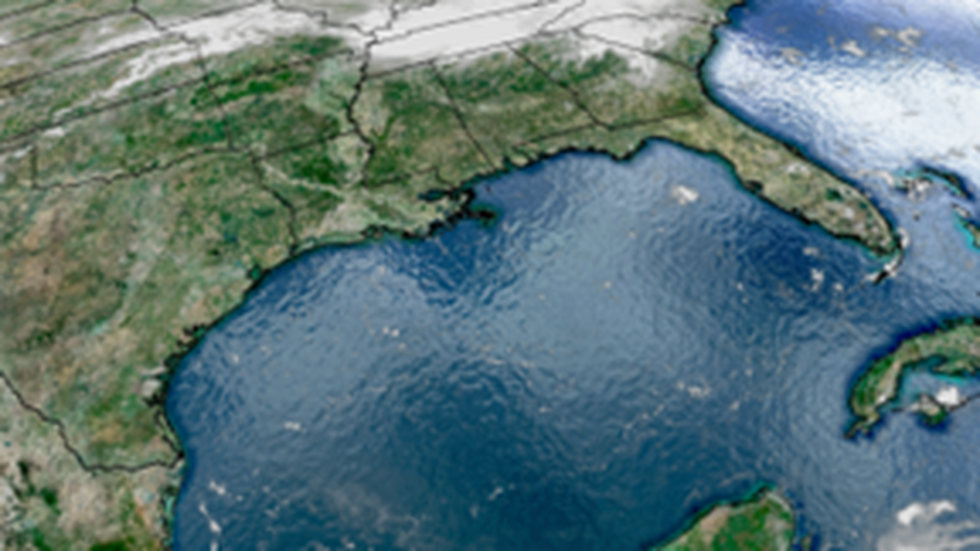About the Gulf of Mexico:
- It is a marginal sea of the Atlantic Ocean and the world’s largest gulf.
- It is surrounded to the West by the Mexican Yucatan and Veracruz regions, to the North by the United States, to the East by the Caribbean islands and Cuba, and to the South by the tapering Mexican mainland.
- It is connected to the Caribbean Sea via the Yucatán Channel (between Cuba and Mexico) and to the Atlantic Ocean through the Straits of Florida (between Cuba and the US).
- Covering over 1.6 million square kilometres, it is one of the oldest water bodies on Earth. It was formed in the late Triassic period, around 300 million years ago.
- It is somewhat shallow, along the coastal continental shelf areas and has an average depth of 1,615m.
- The climate of the region varies from tropical to subtropical.
- Currents:
- The Gulf Stream is one of the most powerful and warm ocean currents that enters the Gulf of Mexico from the Caribbean Sea and flows out to the Atlantic.
- Some portions of the loop current often break away; forming gyres or eddies, which further affect the regional current patterns.
- The Mississippi and the Rio Grande are the major rivers draining into the gulf.
- Its major ports are Veracruz in Mexico and Galveston, New Orleans, Pensacola, and Tampa in the U.S.
